RAM vs ROM: Key Differences and Comparisons
Table of content
Introduction:
In today’s digital world, memory is important for preserving data, regardless of size. RAM and ROM are vital components of memory storage, and they have been trusted by users for years. In the RAM vs ROM discussion, we examine their performance, volatility, and storage capacity. RAM, known for its speed, is ideal for tasks needing quick access due to its temporary data storage. ROM, on the other hand, provides permanent and stable storage, which is necessary for basic system operations. Understanding these differences helps you select the right memory for your needs. Prepare for a detailed comparison of these important components and learn how they best support your system’s performance. Explore how each type of memory contributes to overall efficiency and reliability in computing.
Overview of Ram vs Rom Memory:
In the RAM vs ROM discussion, RAM and ROM are very important components in computer hardware, and they perform very different tasks.
RAM:
Random Access Memory (RAM) handles temporary data storage. It’s the main memory, the readily available, alterable memory that is so vital for the execution of programs. But RAM is volatile, meaning that data is erased whenever power is cut. RAM is for multitasking and smooth operation, and without it, active processes would be impossible.
ROM:
Read-only memory (ROM) differs significantly. It’s non-volatile, meaning that it keeps its data even with the computer turned off. ROM is the firmware and the core instructions that never change so that the machine is stable and reliable. This kind of memory is vital during boot processes and system integrity.
Types of Random Access Memory (Ram)
There are two main types of RAM: DRAM and SRAM.
DRAM (Dynamic RAM):
- Each bit of data is stored in its own capacitor in DRAM. These capacitors need regular refreshing to retain data.
- DRAM is commonly used in personal computers and workstations.
SRAM (Static RAM):
- SRAM uses flip-flop circuits to store data. It does not need to be refreshed like DRAM.
- SRAM is faster but more expensive. It’s used in cache memory for CPUs.
Benefits of RAM:
- RAM allows quick data access, speeding up your computer’s performance.
- With more RAM, you can run several programs at once without slowdowns.
- High RAM improves gaming performance and graphics.
- Some types of RAM, like DDR4, use less power, making devices more energy-efficient.
- Upgrading RAM can extend the lifespan of a computer, delaying the need for a new one.
Types of Read-Only Memory (ROM)
There are several types of ROM: PROM, EPROM, and EEPROM.
PROM (Programmable ROM):
- PROM can be programmed once after manufacturing. It is used in applications where the programming will not need to change.
EPROM (Erasable Programmable ROM):
- EPROM can be erased by exposure to UV light and reprogrammed. It is used in situations where updates are required but not frequently.
EEPROM (Electrically Erasable Programmable ROM):
- EEPROM can be erased and reprogrammed using an electrical charge. It is used in modern computers for BIOS updates.
Benefits of ROM:
- ROM retains data even when the power is off, preserving vital information.
- Since ROM cannot be easily altered, it provides a secure way to store firmware.
- ROM is stable and reliable for storing critical programs that do not need frequent updates.
- ROM is less likely to suffer from data corruption, making it suitable for long-term storage.
- ROM is essential for booting computers and other devices and storing instructions to start the system.
CPU Interaction with RAM and ROM:
When you boot up your computer, the CPU first loads the ROM. This allows the CPU to test the hardware and install the operating system. While the machine is running, the CPU just feeds on the RAM. So when you open an application or run a program, the CPU pulls data out of ROM to get the application started, and then it loads the data that it needs into RAM to be accessed much more quickly. This setup allows for smooth multitasking and fast processing.
Data Handling: RAM’s Flexibility vs ROM’s Stability:
Ram is so flexible, it can do many things at once, has very high-speed reading and writing abilities that enable complex computing. This flexibility is needed to run applications, play games, and do more than one thing simultaneously. ROM on the other hand offers solid stability, it stores vital firmware that allows the system to run as stable and reliable as possible. It is non-volatile, meaning it retains data when the power is off, and is integral to system boot processes and overall hardware integrity. The combination of RAM and ROM makes it possible for the CPU to function at an optimum level, with speed yet stability.
RAM vs ROM: Key Differences

Below are some key Differences of RAM vs ROM
| Aspects and Features | RAM | ROM
|
| Abbreviation | Random Access Memory | Read Only Memory |
| Volatility | Volatile i.e; Data is lost when the system is shut down | Non-volatile i.e.; Data is retained when the system is not shut down. |
| Speed | The accessing speed of data and analyzing power is quite fast. RAM has a faster processing speed than ROM | Whereas, ROM has a faster reading speed as compared to RAM also with fast data access. |
| Cost | It doesn’t come cheap | Quite cheaper than the RAM |
| CPU | The CPU can access data easily | It copies its data first data in RAM, and then it accesses the data |
| Data | The data can be edited the number of times changes need to be made. | The data is permanent in the memory but can be edited for a limited time. |
Conclusion:
RAM and ROM are the permanent components of the computer hardware. They both have the essential components of the memory. They have different purposes, and they differ from one another. Also, the ROM is cheaper as compared to the RAM. It is quite useful compared to reading-only memory. ROM is not as incompetent as thought and is taken by other people around. This battle card provided the right information on RAM vs ROM to clear your queries when choosing one. To know more blogs on other memory types like Unified Memory or DDR3 vs DDR4, then keep reading our blogs and go through our Networking Accessories and their Modules and Cards and visit our website, BuyRouterswitch.com.
Frequently Asked Question:
Is it better to have more RAM or ROM?
In the RAM vs ROM debate, more RAM boosts performance by handling multitasking and running applications efficiently. ROM is the most important because it provides a smaller, permanent storage for the system boot instructions.
Why do we use RAM instead of ROM?
In the RAM vs ROM comparison, RAM is used for active tasks, storing data for quick access and smooth operation, while ROM stores essential boot and operating data.
Is RAM permanent storage?
RAM is volatile and temporary, meaning it loses data when the power is shut off. In the RAM vs ROM comparison, ROM is a form of permanent storage for important system instructions.




 Catalog
Catalog

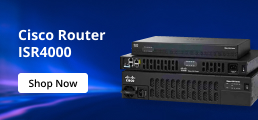



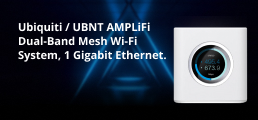


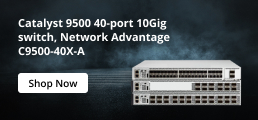

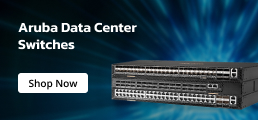
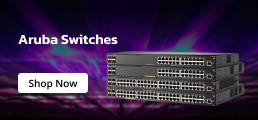


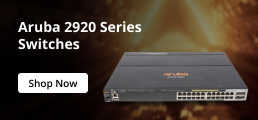






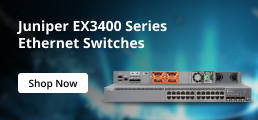
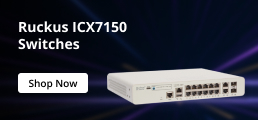
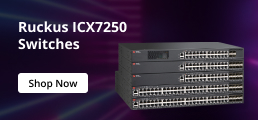




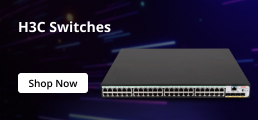


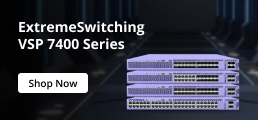


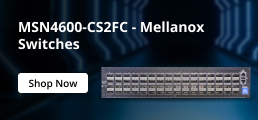












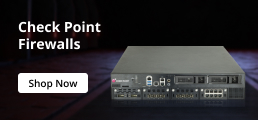
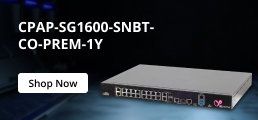

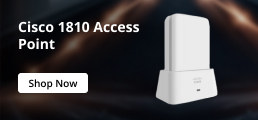








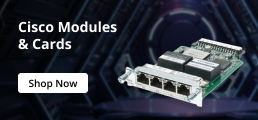
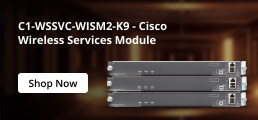




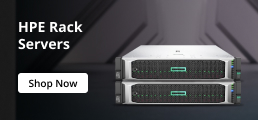






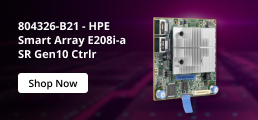







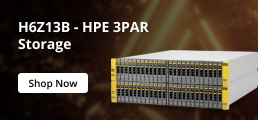

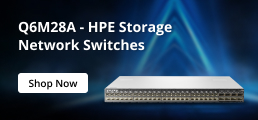

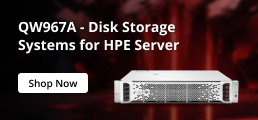





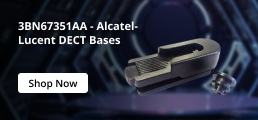


















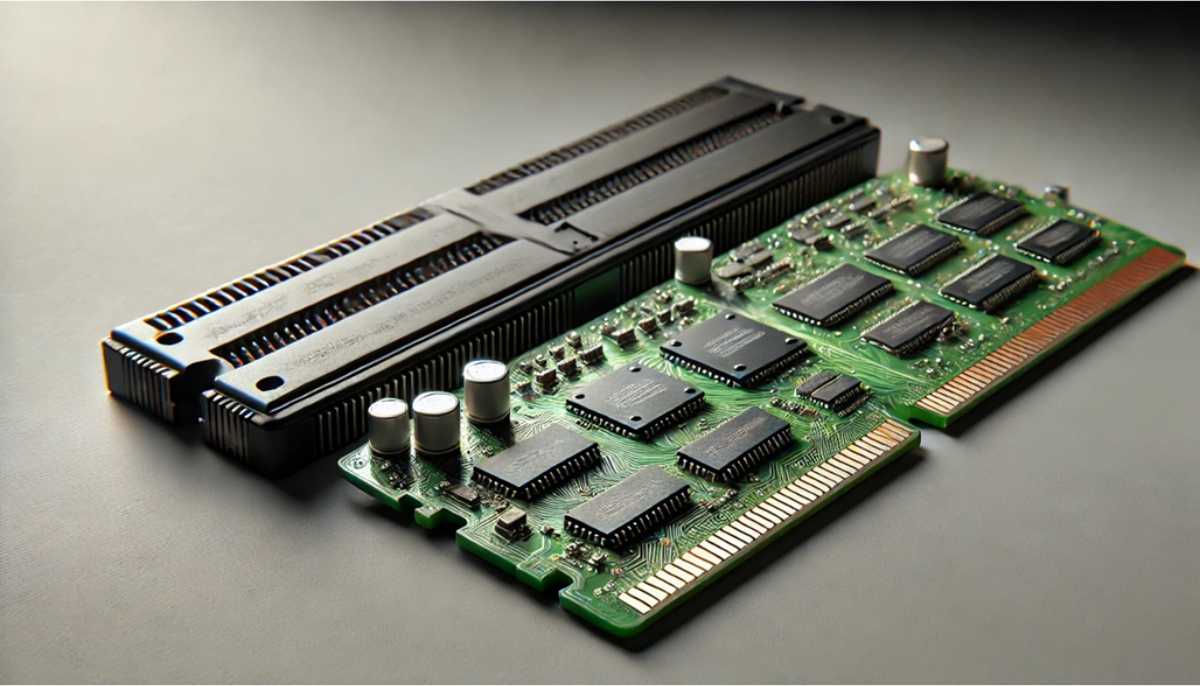
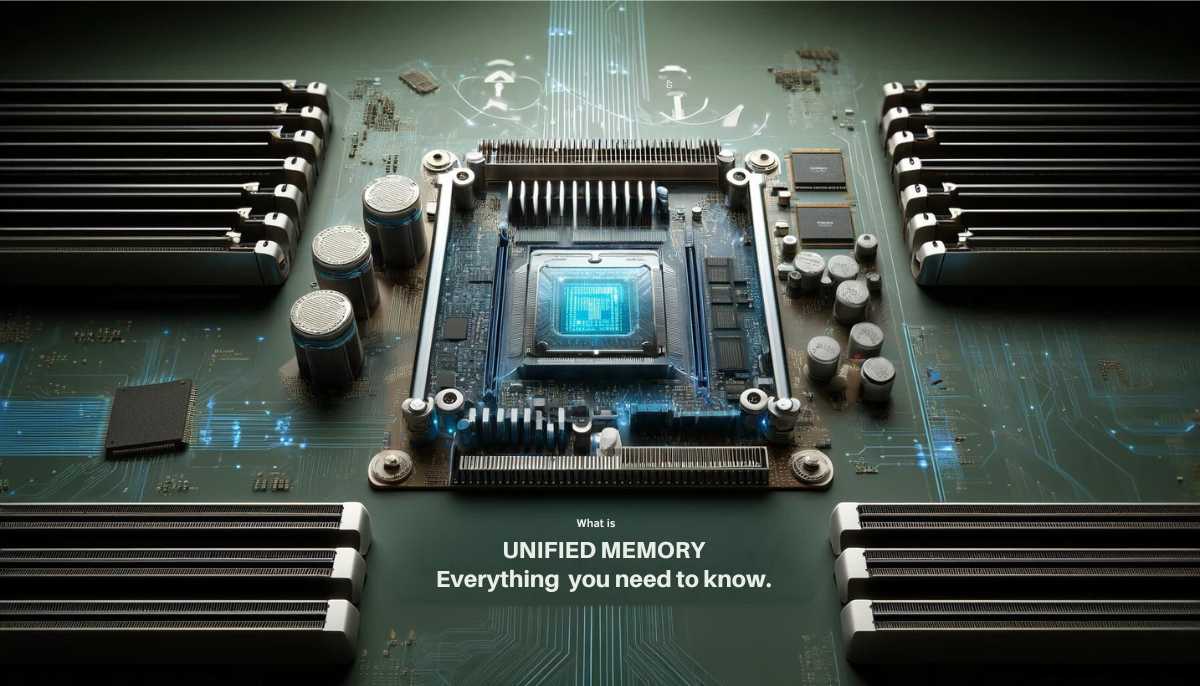
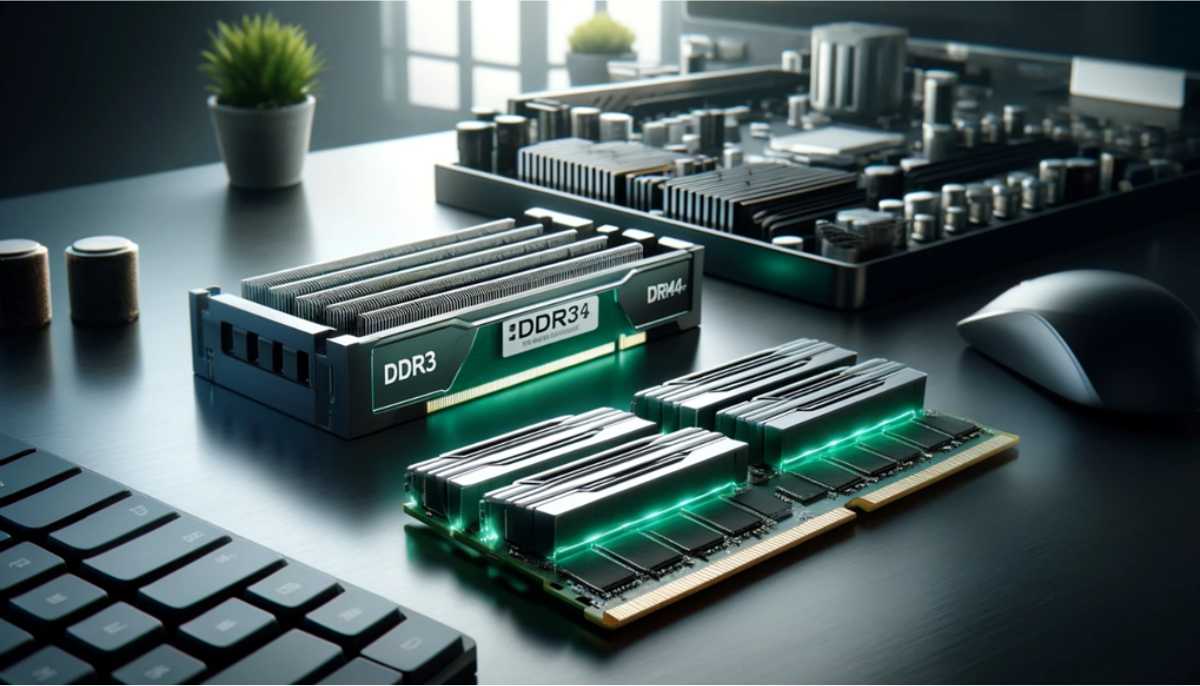
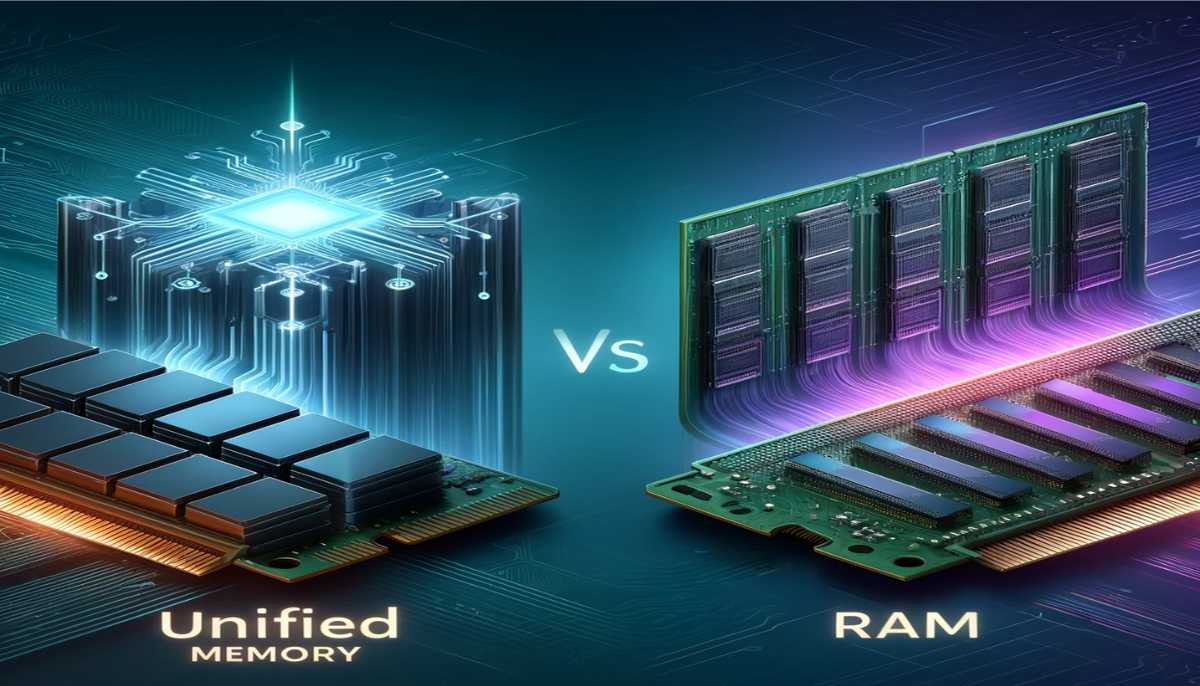




 (800) 870-9487
(800) 870-9487